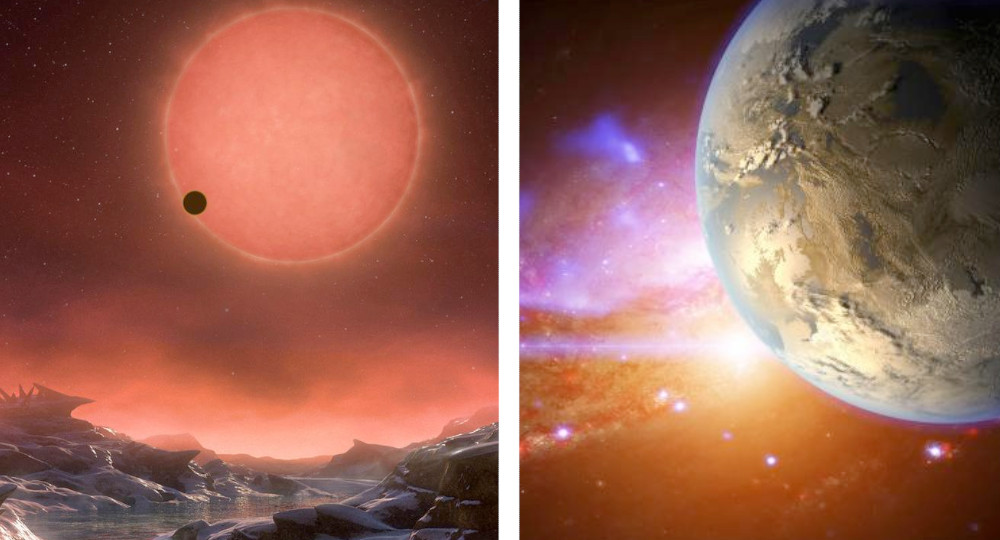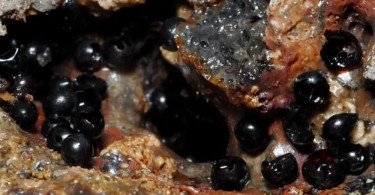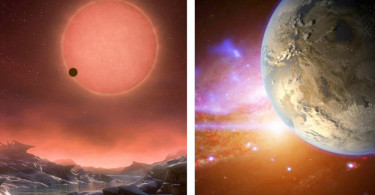In a groundbreaking discovery, NASA’s James Webb telescope has detected compelling evidence that suggests the potential existence of life on a planet beyond our solar system. Launched in December 2021 for infrared astronomy, the telescope has honed in on a distant exoplanet named ‘K2-18 b,’ first discovered in 2015, located approximately 120 light years away from Earth.
Researchers examining the planet’s atmosphere have identified significant concentrations of methane and carbon dioxide, indicative of a ‘Hycean’ planet. A ‘Hycean’ planet is characterized by an ocean-covered surface and a super hydrogen-rich atmosphere. However, the most intriguing revelation comes with the detection of dimethyl sulphide (DMS), a molecule believed to be produced exclusively by living organisms on Earth.
Subhajit Sarkar of Cardiff University, currently working on a paper detailing the findings, expressed the significance of the discovery. “Although this kind of planet does not exist in our solar system, sub-Neptunes are the most common type of planet known so far in the galaxy. We have obtained the most detailed spectrum of a habitable-zone sub-Neptune to date, allowing us to decipher the molecules present in its atmosphere.”

While this discovery marks a substantial step in our exploration of distant worlds, scientists emphasize that it is not concrete evidence of extraterrestrial life. Nikku Madhusudhan, a professor at the University of Cambridge, cautioned, “If confirmed, it would be a huge deal, and I feel a responsibility to get this right if we are making such a big claim. Our ultimate goal is the identification of life on a habitable exoplanet, which would transform our understanding of our place in the universe.”
As the research is still in its early stages, the potential implications of this discovery are both exciting and uncertain. Rebecca Smethurst from the University of Oxford shared her optimism, stating, “I think we are going to get a paper that has strong evidence for a biosignature on an exoplanet very, very soon.” The quest for understanding life beyond Earth takes a promising stride with this latest revelation from the James Webb telescope.k





